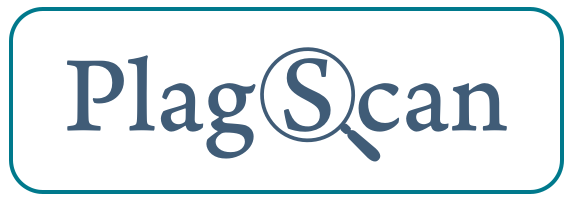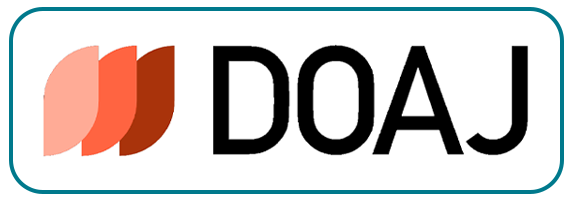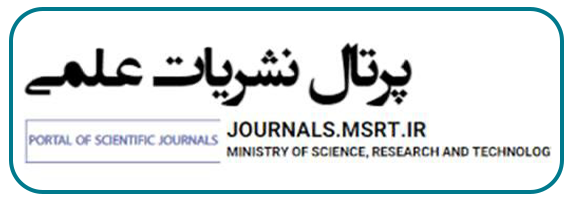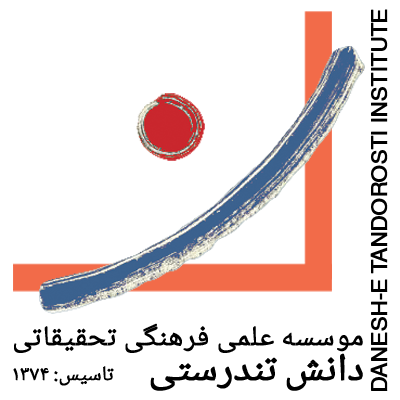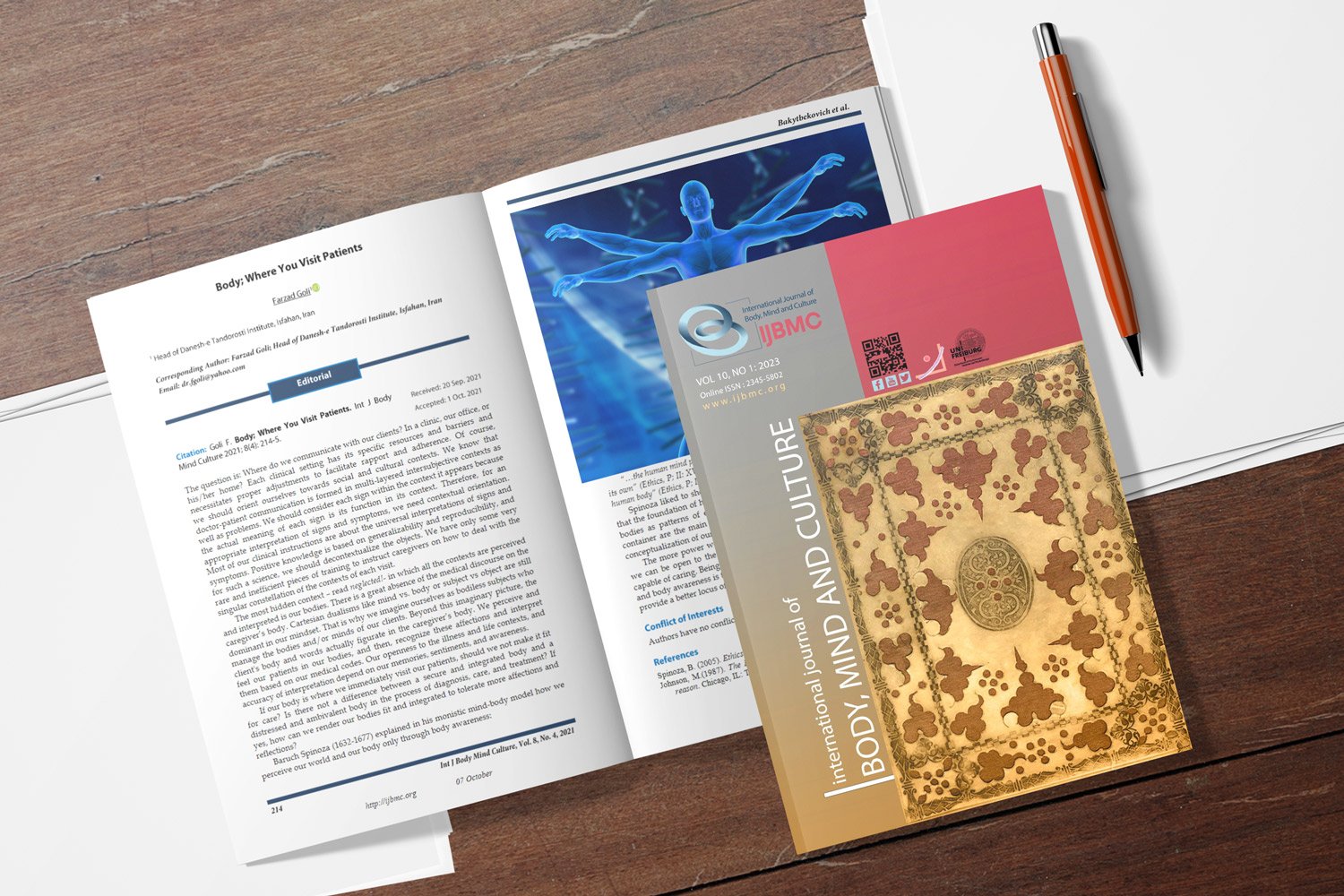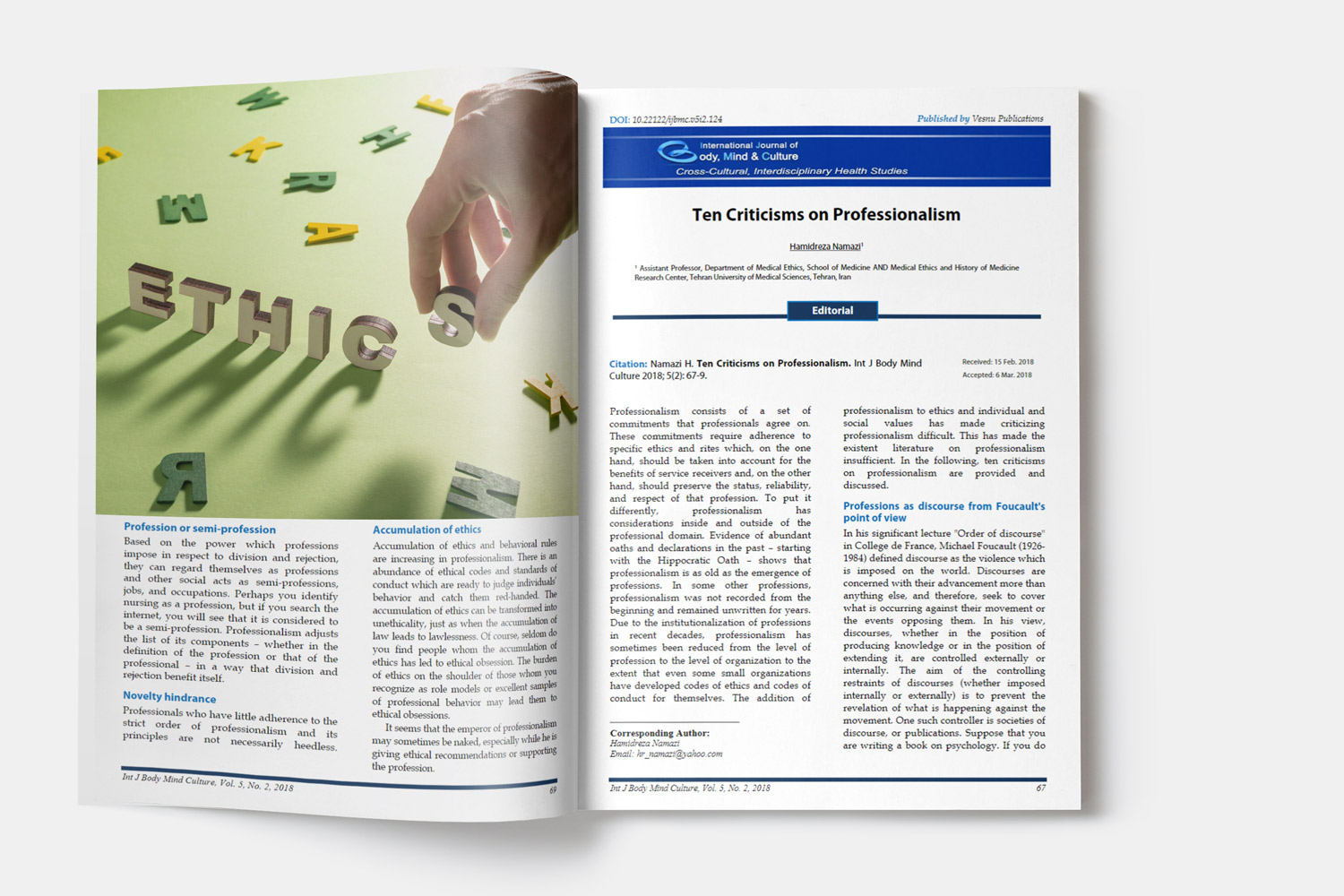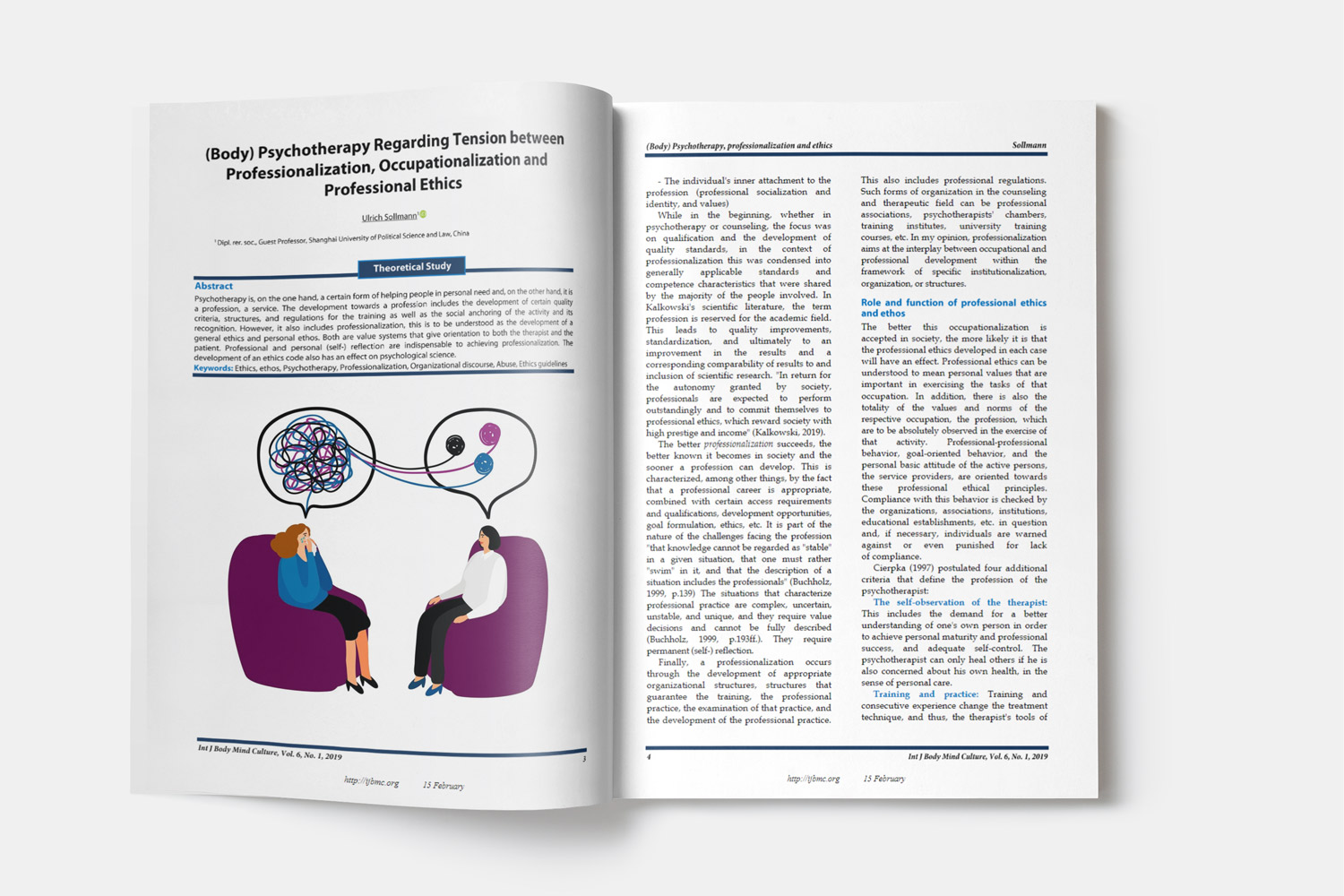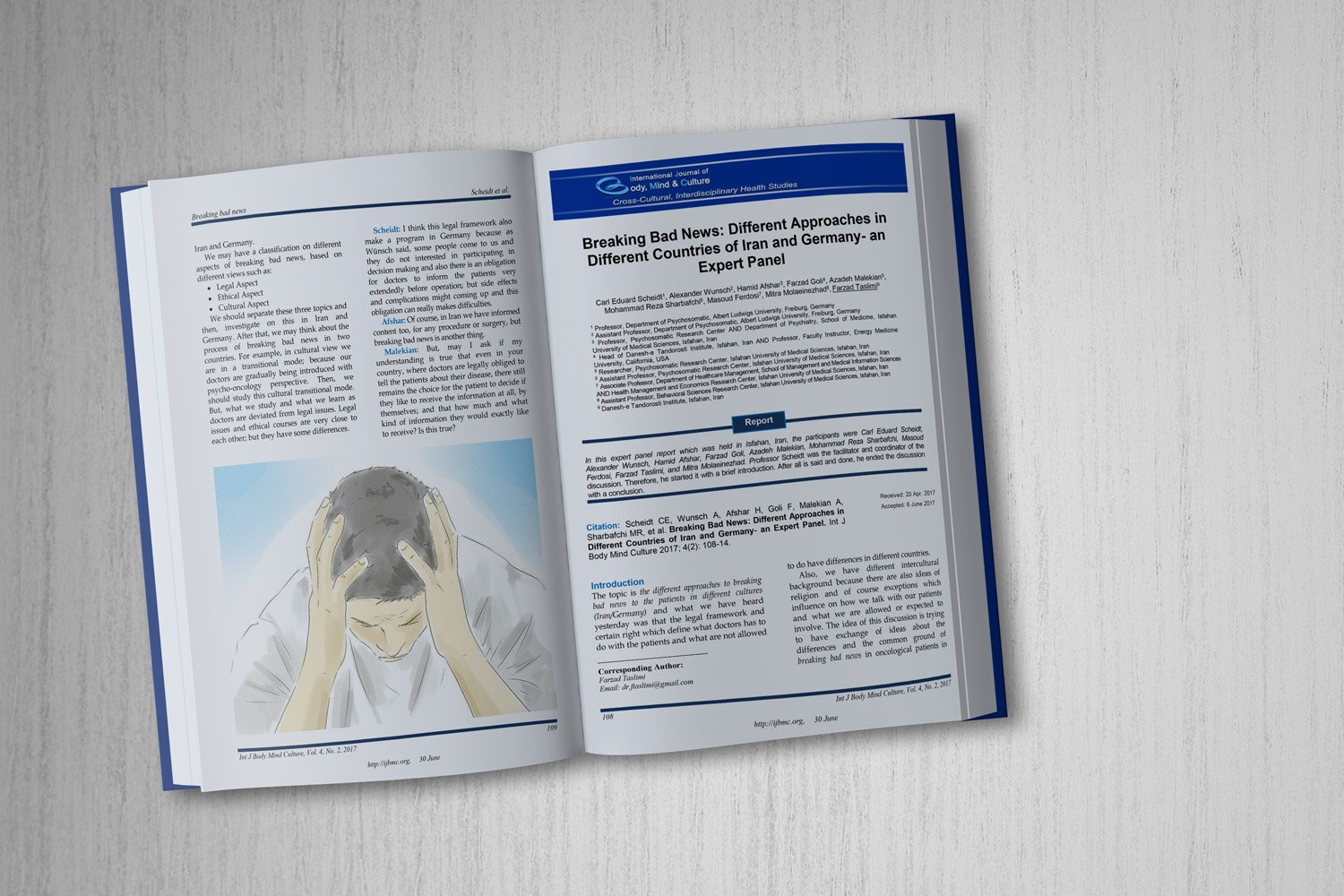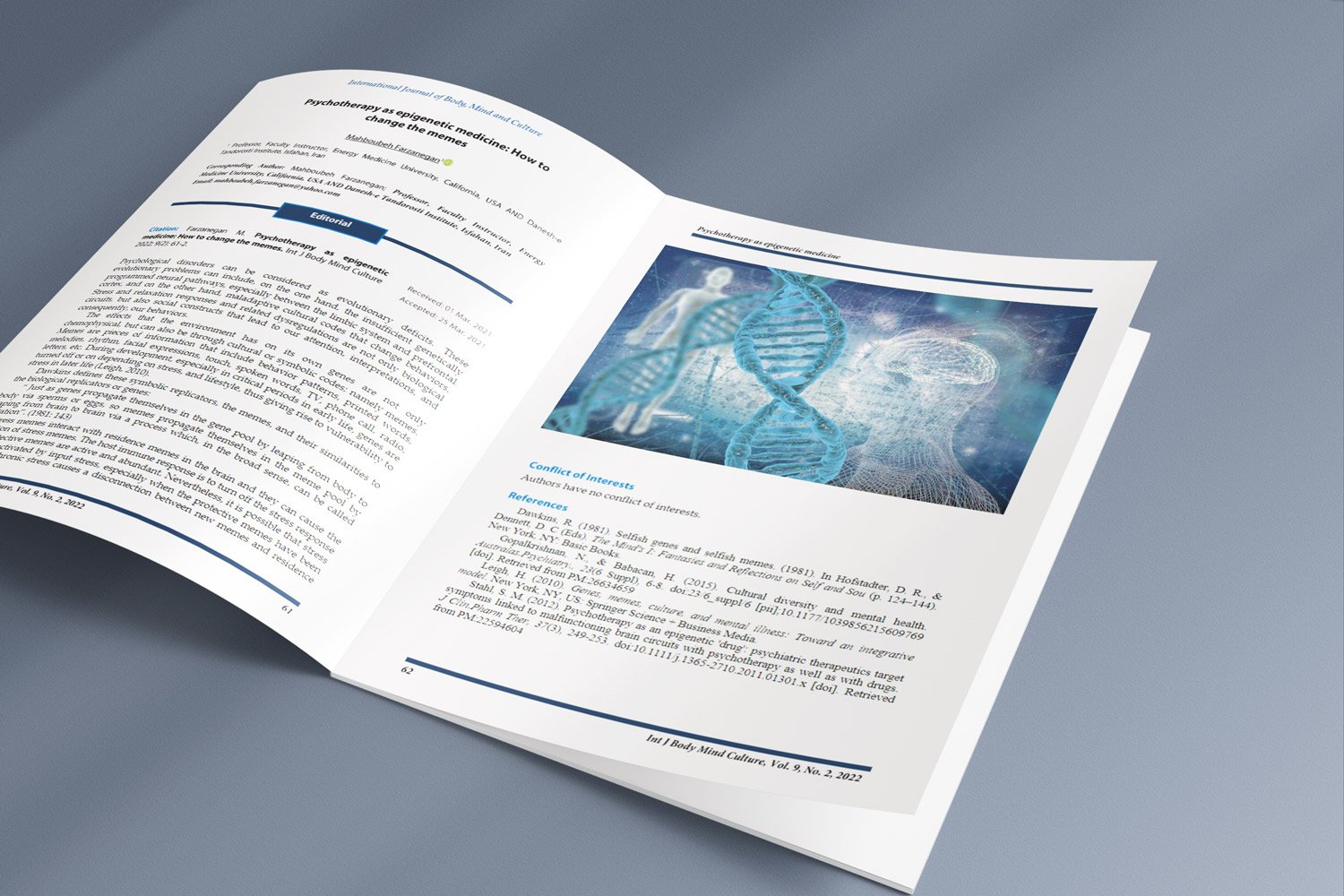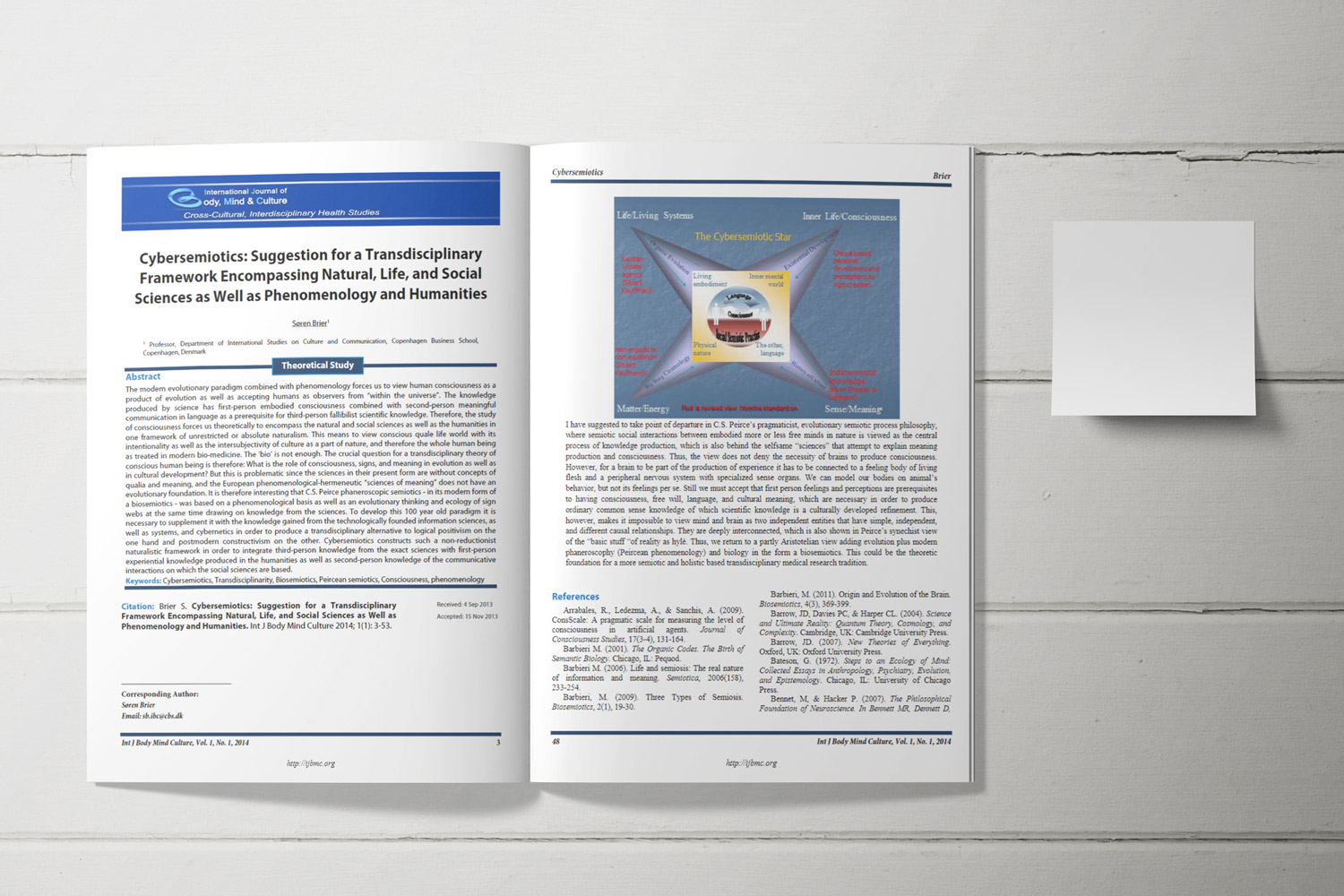A Structural Model of Job Burnout Based on Quality of Work Life and Cognitive Ergonomics Mediated by Emotional Adjustment
Downloads
Objective: The present study aimed to propose a structural model of job burnout based on quality of work life and cognitive ergonomics, mediated by emotional adjustment among employees of the Persian Gulf Petrochemical Industries.
Methods and Materials: This applied research falls within the category of descriptive-correlational studies using structural equation modeling. The statistical population consisted of 1,600 employees of Persian Gulf Petrochemical Industries in 2024. The sample size was determined to be 250 participants using G*Power software, considering both latent and observed variables, a margin of error of 0.05, a 95% confidence level, and an effect size of 0.2. A stratified random sampling method was employed. Data were collected using the Maslach Burnout Inventory (1981), the Cognitive Ergonomics Questionnaire by Shafiei (2022), the Work Life Quality Questionnaire by Lopez (2007), and the Emotional Adjustment Scale by Rabeau et al. (2007). Data analysis was performed using Pearson correlation tests and the Preacher and Hayes bootstrap macro to examine the mediating role of emotional adjustment in the model.
Findings: The results confirmed the research hypothesis, indicating that cognitive ergonomics and quality of work life have an indirect effect on job burnout through emotional adjustment. In other words, by enhancing the quality of work life and cognitive ergonomics, and improving emotional adjustment among employees, job burnout can be reduced.
Conclusion: The structural model of job burnout based on quality of work life and cognitive ergonomics, mediated by emotional adjustment, demonstrates a good fit among employees of the Persian Gulf Petrochemical Industries.
Downloads
Ahmadi Nik, F. (2021). Investigating the Impact of Spiritual Intelligence Dimensions on Job Burnout Among Secondary School Teachers in Behbahan County. New Approach in Educational Sciences Quarterly, 3(3). https://journal.iocv.ir/article_128559.html
Carlson, J. M., Dikecligil, G. N., Greenberg, T., & MujicaParodi, L. R. (2012). Trait reappraisal is associated with resilience to acute psychological stress. Journal of research in personality, 46(5), 609–613. https://doi.org/10.1016/j.jrp.2012.05.003
Ding, N., Berry, H. L., & O'Brien, L. V. (2015). One-year reciprocal relationship between community participation and mental wellbeing in Australia: A panel analysis. Social Science & Medicine, 128, 246–254. https://doi.org/10.1016/j.socscimed.2015.01.022
Dirks, K. T., & Ferrin, D. L. (2001). The Role of Trust in Organizational Settings. Organizational Sciences, 12, 450–467. https://doi.org/10.1287/orsc.12.4.450.10640
Ersayan, A. E., Çankaya, B., Erdem, G., Broers, N. J., & De Ruiter, C. (2022). The Link Between Attitudes Toward Probationers and Job Burnout Among Turkish Probation Officers. Journal of Community Psychology, 50(2), 727-741. https://doi.org/10.1002/jcop.22673
Fadaei Keyvani, R., & Ashrafi, S. (2023). Investigating the relationship between emotional intelligence, job satisfaction, and burnout (Case study: Agricultural Bank employees of Tehran Province). https://civilica.com/doc/1712319/
Fathi Azar, S., Ghafari Nouran, A., Kiamarthi, A., & Rezaei Sharif, A. (2024). Comparison of the effectiveness of self-determination and successful intelligence training on increasing intrinsic motivation and academic optimism in high-burnout female students. Journal of Modern Psychological Researches, 19(74), 50–61. https://psychologyj.tabrizu.ac.ir/article_18165.html
Fiorillo, D., Lavadera, G. L., & Nappo, N. (2017). Social participation and self-rated psychological health: A longitudinal study on BHPS. SSM-Population Health, 3, 266–274. https://doi.org/10.1016/j.ssmph.2017.02.003
Ghaderi, E., & Bayazi, M. H. (2014). Investigating the relationship between resilience and sensation seeking with job burnout in female police officers. Danesh Entezami (Police Knowledge), 53-78. https://www.resiliency.ir/wp-content/uploads/
Gurses, A. P., Tschudy, S., McGrath-Morrow, A., Husain, B. S., Solomon, K. A., & Gerohristodoulos, J. M. (2020). Overcoming COVID-19: What Can Human Factors. https://journals.sagepub.com/doi/abs/10.1177/2516043520917764
Hildenbrand, K., Sacramento, C. A., & Binnewies, C. (2018). Transformational leadership and burnout: The role of thriving and followers' openness to experience. Journal of occupational health psychology, 23(1), 31–43. https://doi.org/10.1037/ocp0000051
Jose, S., Dhandapani, M., & Cyriac, M. C. (2020). Burnout and resilience among frontline nurses during COVID-19 pandemic: A cross-sectional study in the emergency department of a tertiary care center, North India. Indian Journal of Critical Care Medicine, 24(11), 1081–1088. https://doi.org/10.5005/jp-journals-10071-23667
Karwowski, W. (2012). The Discipline of Human Factors and Ergonomics Handbook of Human Factors and Ergonomics. Hoboken: Wiley. https://doi.org/10.1002/9781118131350.ch1
Kazemi, R., & Smith, A. (2023). Overcoming the COVID-19 pandemic: emerging challenges of human factors and the role of cognitive ergonomics. Theoretical Issues in Ergonomics Science, 24(4), 401–412. https://doi.org/10.1080/1463922X.2022.2090027
Khedmati, N. (2020). The role of self-compassion and psychological flexibility in predicting job burnout among nurses. Ravanshenasi Royesh (Psychological Growth), 9(1), 73–80. https://frooyesh.ir/article-1-1676-fa.html
Kim, T. Y., Kim, Y., & Kim, J. Y. (2019). Role of Resilience in (De) Motivation and Second Language Proficiency: Cases of Korean Elementary School Students. Journal of Psycholinguistic Research, 48(1), 1-20. https://doi.org/10.1007/s10936-018-9609-0
Machado, R. A., Bonan, D. E. d. C., Perez, H., & Martelli, J. (2020). COVID-19 Pandemic and the Impact on Dental Education: Discussing Current and Future. https://doi.org/10.1590/1807-3107bor-2020.vol34.0083
Marzilli, C. (2021). A year later: Life after the Year of the Nurse. Belitung Nursing Journal, 7(2), 59–61. https://doi.org/10.33546/bnj.1509
Mousavi, S. A., Alvani, J. D., & Ghasemi Panah, M. (2021). Determining the relationship between emotional adjustment and cognitive emotion regulation with resilience in military nurses. Naval Medicine (Teb-e-Darya), 3(1), 39–45. https://jmarmed.ir/article-1-136-fa.html
Saba, B., Ghafari Nouran, A., Hashemi Nosratabad, T., & Nazari Vakil, M. (2022). The effectiveness of emotional intelligence skills training on engagement, burnout, and academic self-regulation in procrastinating students. Journal of Cognitive Strategies in Learning, 10(18), 223–247. https://asj.basu.ac.ir/article_4134.html
Shakiba Sooreh, M., & Hasani, M. (2021). Investigating the effect of individual characteristics on job burnout with the mediating role of job stress and social capital among nurses at Imam Reza Hospital, Urmia. Nursing Management Quarterly, 10(1), 9-22. https://ijnv.ir/browse.php?a_id=763&sid=1&slc_lang=fa&ftxt=0
Yildirim, M., & Solmaz, F. (2020). COVID-19 burnout, COVID-19 stress and resilience: Initial psychometric properties of COVID-19 Burnout Scale. Death Studies, 1-9. https://doi.org/10.1080/07481187.2020.1818885
Zahednezhad, H., Zareiyan, A., & Zargar Balaye Jame, S. (2021). Relationship between quality of work-life, resilience, and burnout among nursing professionals during the COVID-19 pandemic in Iran: A cross-sectional study. Belitung Nursing Journal, 7(6), 508–515. https://doi.org/10.33546/bnj.1702
Zareeian, M., Taghvaei, D., Rajabi, A., & Amirpour, B. (2021). Internal consistency and confirmatory factor analysis of the Connor-Davidson Resilience Scale (CD-RISC) among female nurses. Iranian Journal of Medical Education, 14(10), 857–865. https://ijme.mui.ac.ir/article-1-3254-fa.html
Zarrin Kolak, H. R., Davari, R., & Hashemi, N. (2023). Job burnout modeling based on resilience and social support mediated by personal values among military industry employees. Nurse and Physician in War, 10(37), 64–73. https://npwjm.ajaums.ac.ir/article-1-911-fa.html
Copyright (c) 2025 International Journal of Body, Mind and Culture

This work is licensed under a Creative Commons Attribution-NonCommercial 4.0 International License.


